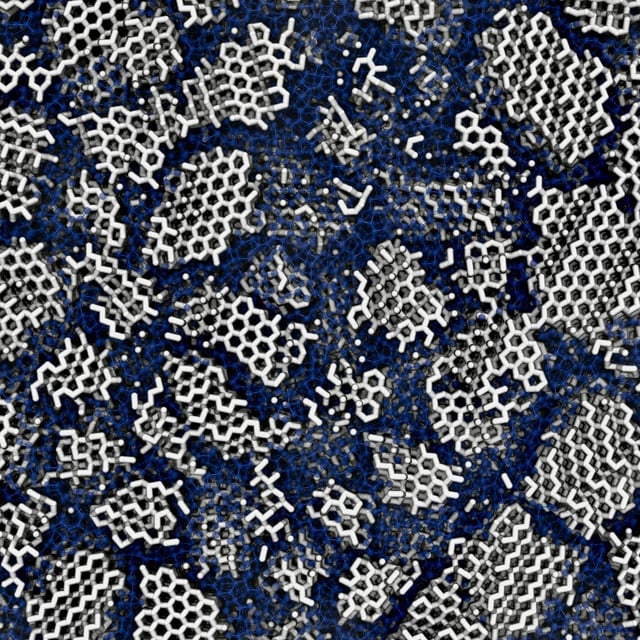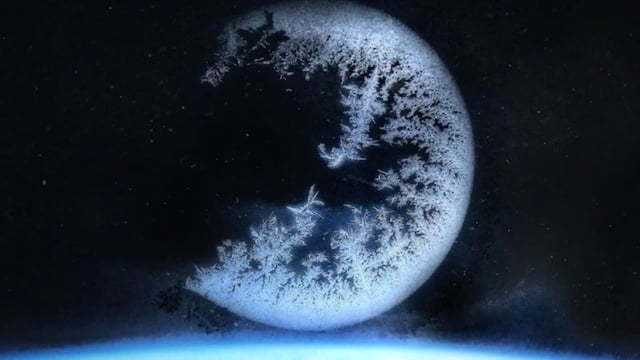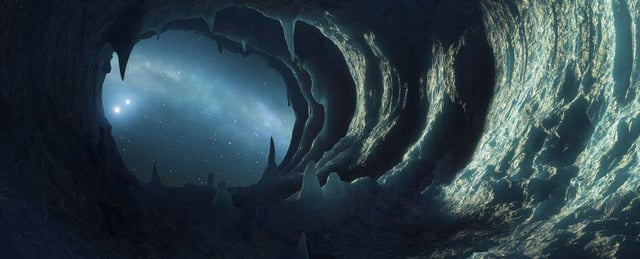Overview
- Peer-reviewed paper in Physical Review B confirms that low-density amorphous ice harbors 3 nm-wide nanocrystals comprising roughly 20–25 percent of its structure.
- UCL and University of Cambridge researchers reconciled X-ray diffraction data with computer simulations and laboratory re-crystallization experiments to reveal the hidden crystallites.
- Partial crystallinity in space ice reshapes models of planet formation, galaxy evolution and matter transport in comets, icy moons and interstellar clouds.
- The mixed structure could limit low-density amorphous ice’s ability to carry and preserve prebiotic molecules, challenging aspects of the Panspermia hypothesis.
- Results prompt a reevaluation of terrestrial amorphous materials, suggesting that detecting and removing nanocrystals from glass fibers and similar technologies may boost performance.


